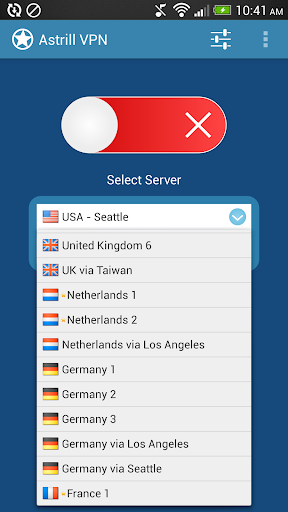


Once it's completed, quit Disk Utility.When you're ready, click Erase., and then.Options., adjust the slider accordingly, and click If you would like to securely erase your data, click Security.In the "Name:" field, give your disk a name. FileZilla Pro is a fast and reliable FTP, FTPS, SFTP, Amazon S3, Backblaze B2, Box, Dropbox, Google Cloud Storage, Google Drive, Microsoft OneDrive, Microsoft Azure Storage, OpenStack Swift (using Keystone v2) and WebDAV client with lots of useful features. Next to "Format:", make sure Mac OS Extended (Journaled) FileZilla Pro - FTP and Cloud for PC and Mac.Click your hard disk in the left column, and then.Versions for Windows, Linux and Mac OS X Index of /gentoo/distfiles/ FSViewer.

Here is the tail end of the FileZilla server log: (000058) 13:09:10 PM - bestsync (166.
So why not downgrade to the version you love. Reinstalling while erasing everything on your computer provides free software downloads for old versions of programs, drivers and games. from the Apple menu, and install any available updates. When the installation is complete, select App Store.Click Install, and enter your Apple ID information if prompted. Follow the instructions on the screen, and then choose your hard disk. Click Reinstall OS X, and then Continue.If prompted, select your main language and then click the arrow.Restart your computer, and immediately hold down command-r until the gray Apple logo appears.configure CPPFLAGS="-I/usr/local/Cellar/gnutls/3.5.8/include" LDFLAGS="-L/usr/local/Cellar/gnutls/3.5.8/lib". If homebrew has installed your GNUtls in /usr/local/Cellar/gnutls/3.5.8/, you could try telling FileZilla that location in your configure like this. I haven't tried this with FileZilla, but I use it with other packages, and there is nothing to lose. So it looks like we need to do something like: export LIBGNUTLS_CFLAGS=$(pkg-config -cflags gnutls)Įxport LIBGNUTLS_LIBS=$(pkg-config -libs gnutls) Linker flags for LIBGNUTLS, overriding pkg-config Sample Output -enable-gnutlssystemciphersĮnables the use of gnutls system ciphers.Ĭ compiler flags for LIBGNUTLS, overriding pkg-config So, we (just) need to convey that information to FileZilla. Sample Output -L/usr/local/Cellar/gnutls/3.5.8/lib -lgnutls Sample Output -I/usr/local/Cellar/gnutls/3.5.8/include -I/usr/local/Cellar/nettle/3.3/include -I/usr/local/Cellar/libtasn1/4.10/include -I/usr/local/Cellar/p11-kit/0.23.3/include/p11-kit-1Īnd the linker library settings with: pkg-config -libs gnutls Then, once you have that, you can find the compiler include file settings with: pkg-config -cflags gnutls So, you need to install pkgconfig if you don't have it already using: brew install pkgconfig It seems that GNUtls, as installed by homebrew ships with a pkgconfig file.


 0 kommentar(er)
0 kommentar(er)
